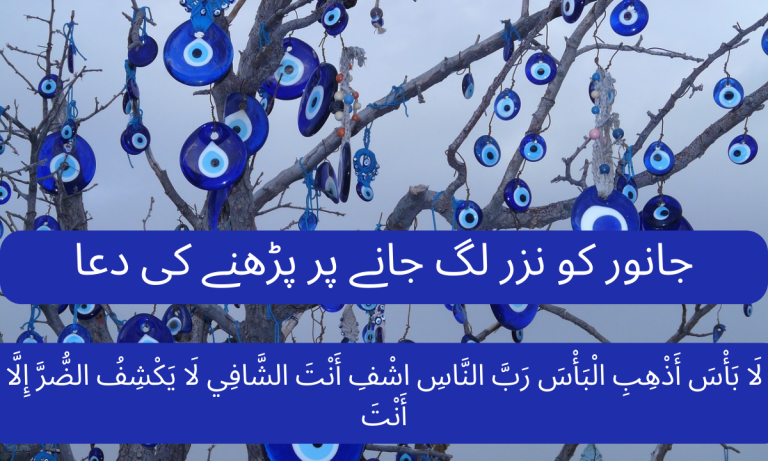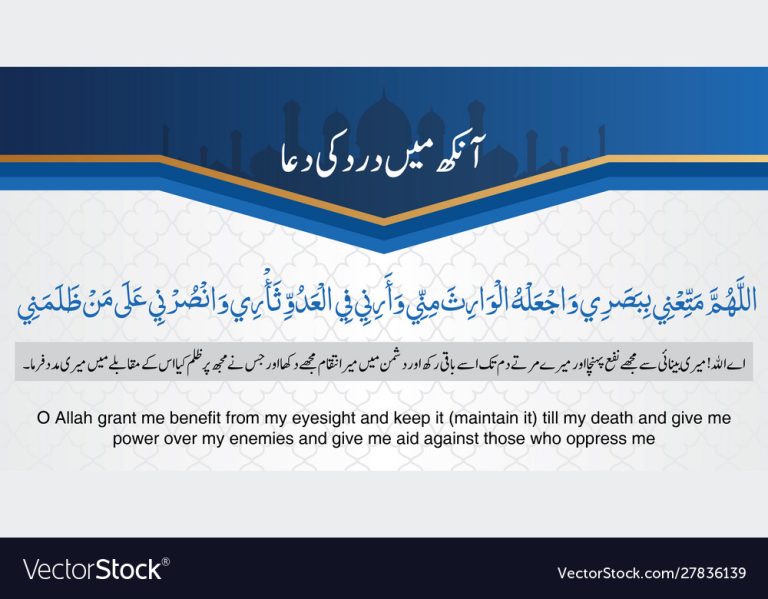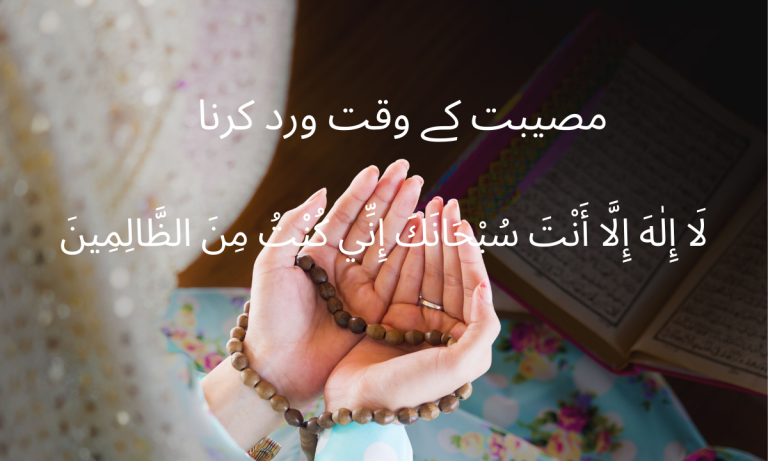Read And Learn Dua E Qunoot Word By Word With Urdu Transltion

Read And Learn Dua E Qunoot Word By Word With Urdu Transltion Dua-e-Qunoot is a heartfelt and significant supplication recited during the Witr prayer in Islam, typically performed after the Isha (night) prayer. It is a moment when a Muslim stands before Allah, expressing their humility, dependence, and submission. This prayer is often recited in times of distress, seeking Allah’s help and guidance in difficult situations.
Read And Learn Dua E Qunoot Word By Word With Urdu Transltion
In Dua-e-Qunoot, the believer acknowledges their vulnerability and beseeches Allah for His mercy, forgiveness, and guidance. It is a powerful reminder of the constant need for divine assistance in navigating life’s challenges. This supplication reflects the essence of faith in Islam, emphasizing complete trust in Allah’s wisdom and providence. Muslims recite Dua-e-Qunoot with a deep sense of devotion, knowing that their pleas are heard by the Most Merciful and that Allah’s response is based on His infinite knowledge and wisdom. It is a moment of intimate connection with the Divine, seeking solace, strength, and guidance in the face of life’s trials and tribulations.
Reason Of The Recite Dua-e-Qunoot In The Witr prayer.
Witr namaaz (prayer) is an important and voluntary prayer in Islam, typically performed after the Isha (night) prayer. It is recommended to offer the Witr prayer as an odd number of units, commonly one or three units, though some Muslims pray an additional unit. Dua-e-Qunoot is often recited during the Witr prayer.
To perform the Witr prayer, you can follow these general steps:
- Begin with Intention (Niyyah): In your heart, make a sincere intention to perform the Witr prayer, seeking Allah’s pleasure and guidance.
- Takbir al-Ihram: Start the prayer by raising your hands and saying “Allahu Akbar” (Allah is the Greatest). This marks the beginning of the prayer.
- Recite Surah Al-Fatiha: In the first unit (rak’ah), recite Surah Al-Fatiha, the opening chapter of the Quran.
- Recite Another Surah: After Surah Al-Fatiha, you may recite another chapter or verses from the Quran.
- Perform Ruku (Bowing): Bow down in Ruku while saying “Subhana Rabbiyal Azeem” (Glory is to my Lord, the Great).
- Raise from Ruku: Stand up from the bowing position while saying “Sami’a Allahu liman hamidah” (Allah listens to the one who praises Him).
- Perform Sujood (Prostration): Prostrate and say “Subhana Rabbiyal A’la” (Glory is to my Lord, the Most High) in sujood.
- Complete the First Unit: After the prostration, sit briefly and recite Tashahhud and Salat al-Ibrahimiyya (the prayer for blessings upon the Prophet Muhammad, peace be upon him).
- Dua-e-Qunoot: In the second or third unit (rak’ah), raise your hands and recite Dua-e-Qunoot. This is the moment when you can make personal supplications to Allah, seeking His guidance, forgiveness, and blessings.
- Tasleem: Complete the prayer by turning your head to the right and saying “As-Salamu ‘Alaikum wa Rahmatullah” (Peace and mercy of Allah be upon you) to conclude the prayer.
It’s important to note that the recitation of Dua-e-Qunoot is not obligatory in Witr prayer but is a recommended practice. Some Muslims choose to recite it regularly, while others may do so only during specific circumstances or on certain occasions. The manner and specific wording of Dua-e-Qunoot can vary among different Islamic traditions and schools of thought
Read Dua E Qunoot
Benefits Of Dua E Qunoot
Dua-e-Qunoot is a supplication offered by Muslims during their Witr prayer, typically recited after the Ruku (bowing) in the last unit of the Witr prayer. It is a powerful and meaningful prayer with several potential benefits:
- Seeking Allah’s Help: Dua-e-Qunoot is a moment where believers humbly beseech Allah for His assistance, guidance, and support. It is a way of acknowledging one’s dependence on Allah and seeking His help in all matters of life.
- Personal Supplication: During Dua-e-Qunoot, Muslims have the opportunity to make personal supplications (duas) to Allah. This allows them to ask for forgiveness, guidance, blessings, and relief from specific challenges or difficulties they may be facing.
- Connection with Allah: It strengthens the spiritual connection between the worshiper and Allah. This intimate moment of communication fosters a deeper relationship with the Divine, promoting a sense of closeness and reliance on Allah.
- Expression of Faith: Dua-e-Qunoot reaffirms a believer’s faith in Allah’s attributes, mercy, and omnipotence. By reciting this prayer, Muslims demonstrate their trust in Allah’s wisdom and ability to address their needs.
- Supplication for the Ummah: While personal supplications are encouraged, Dua-e-Qunoot often includes prayers for the well-being of the entire Muslim community (Ummah). This collective aspect of the prayer demonstrates unity and solidarity among Muslims.
- Protection and Guidance: Believers seek Allah’s protection from harmful influences, both spiritual and worldly, and guidance to lead a righteous and fulfilling life. Dua-e-Qunoot serves as a shield against difficulties and a source of guidance in times of uncertainty.
- Relief from Trials: It is a common practice to recite Dua-e-Qunoot during challenging times, seeking Allah’s relief from trials, calamities, and hardships. Believers trust in Allah’s mercy to alleviate their difficulties.
- Focus on Spirituality: Including Dua-e-Qunoot in the Witr prayer encourages believers to maintain a strong connection with their faith, reminding them of the importance of daily prayer and supplication.
- Reflection and Self-Improvement: Reciting Dua-e-Qunoot encourages self-reflection and self-improvement. Muslims may use this time to contemplate their actions and intentions, seeking Allah’s forgiveness for any shortcomings.
- Gratitude: It offers an opportunity to express gratitude to Allah for His blessings and favors. Gratefulness is an important aspect of Islamic spirituality and is often included in supplications.
- Consistency in Prayer: Incorporating Dua-e-Qunoot into the Witr prayer helps ensure regularity in making supplications and seeking Allah’s guidance and mercy.
While the specific wordings and traditions regarding Dua-e-Qunoot can vary among different Islamic schools of thought and cultures, the overall purpose of this supplication remains consistent: to connect with Allah, seek His help, and strengthen one’s faith and reliance on Him.






